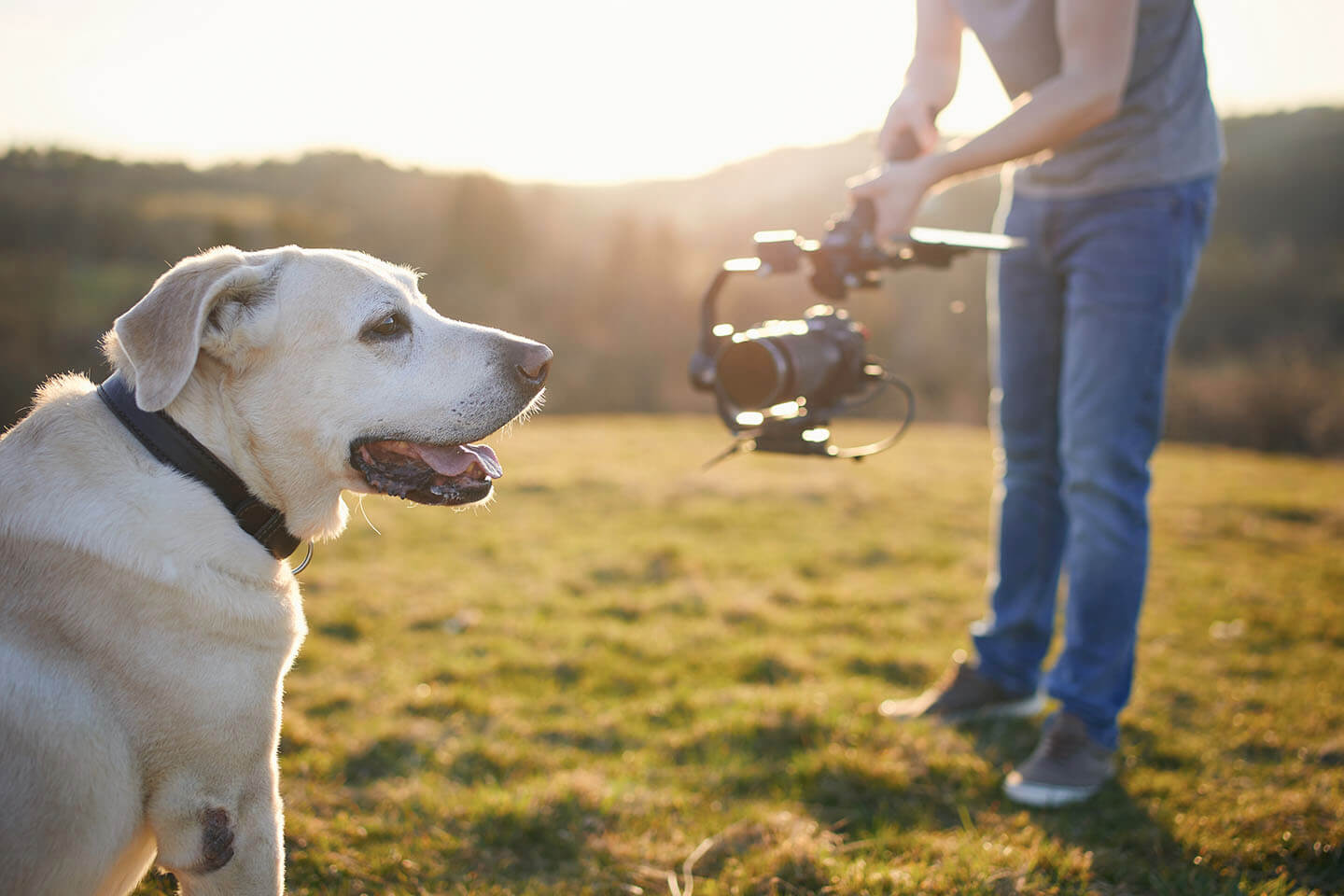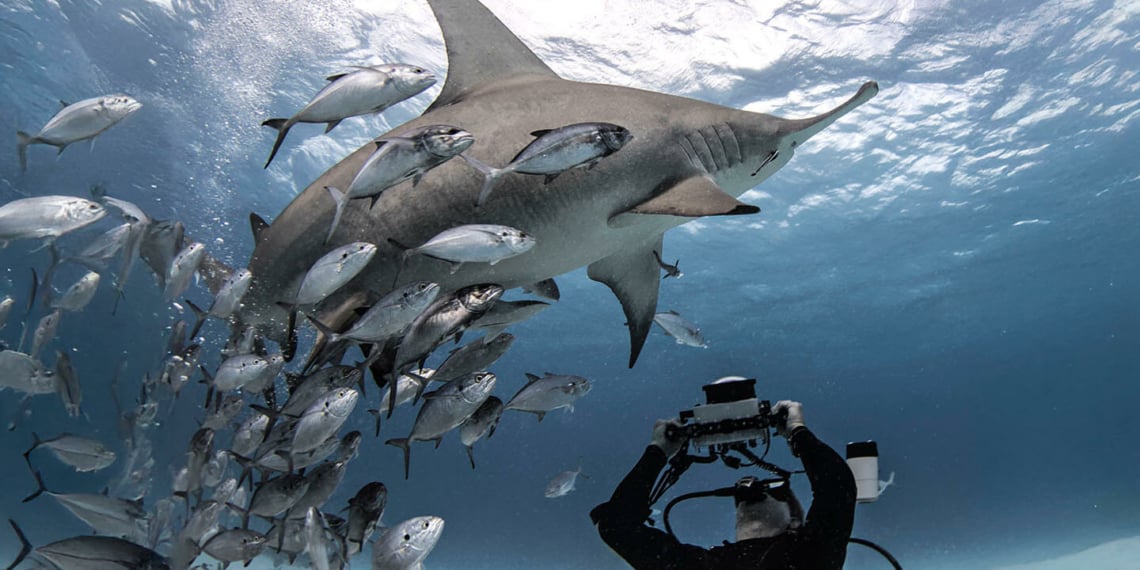Creating films that feature wild animals as key elements of the story is a monumental challenge for any director. In addition to understanding filmmaking, it also requires skills in handling creatures, both real and effect-generated. Over the years, directors have developed a special fascination with the wild.
Its raw, untamed energy certainly draws them in. Owning to this, our screens have been graced with some of the most unimaginable thrillers in the history of filmmaking. In this article, we’ll take you through the “behind-the-scenes” magic of four exceptional directors who have done a great job in turning these wild animals into nothing but true movie stars.
Jaws by Steven Spielberg Features Sharks
Let’s go back to the late 70s, 1975 to be precise when Steven Spielberg released Jaws, a movie that took the world by storm and ended up being the first real summer blockbuster, establishing the life-long fear of sharks into our cultural psyche. But it’s not all about fear when it comes to nature and wildlife.
In fact, one of the creative media products in the market, the Team Ignition podcast series has an interesting episode, interviewing a marine biologist who has the mission to protect wildlife. What ordinary readers and listeners take away from the interview is that wild animals, including sharks, aren’t just scary creatures; they are a crucial part of nature that we need to protect. However, the movie industry often focuses on other aspects of wildlife, and Spielberg is one of those filmmakers, having created an iconic thriller.
Interestingly, many people don’t know how difficult it was for the team to create this aquatic horror and bring it to life. Bruce, the famous shark—a mechanical shark, by the way—went through lots of technical failures at different stages. At some point, it sank and even malfunctioned several times.
According to reports, Spielberg had planned to show the shark in several scenes, but when the mechanical issues became unresolved, he had to change the plan. Instead of showing the shark, he focused on building suspense through clever camera angles, sound design, and suggestion – creating terror in what wasn’t seen.
This turned out to be a masterstroke, and the fear of what lurked beneath the water became even more powerful. The haunting score by John Williams did the rest.
The Ghost and the Darkness: The Lions of Tsavo Live on the Big Screen
This movie graced the big screen in a new way in 1996. Only a few people could imagine the big challenge that Director Stephen Hopkins faced while trying to bring the story of the Tsavo lions to life.
The infamous lions, known for preying on railway workers in Kenya, became the focal antagonists in the movie, which perfectly blended history with unique thriller elements. The production relied on real lions for many of the scenes, which added an extra layer of complexity to the filmmaking process.
Real lions are not actors, and getting them to cooperate during filming proved to be a painstaking task. Animal trainers were essential, and many scenes took far longer than expected due to the unpredictability of the creatures. The real lions also didn’t have manes. They had to be created through effects to make them look more terrifying on the screen.
Moreover, filming on location in Africa brought its problems, with difficult terrain and safety concerns for both cast and crew. Despite all these, The Ghost and the Darkness received an Academy Award for Best Sound Editing.
The Birds by Alfred Hitchcock: Turning Regular Birds into a Force of Nature
A look back to the 60s brought to mind Alfred Hitchcock’s The Birds. The 1963 animal thriller flipped the script and presented animals we generally believe to be harmless as vicious elements. Really, who would have thought that creatures often seen as symbols of freedom and peace could suddenly turn rogue? Well, that’s classic Hitchcock genius right there.
From the filmmaking side of things, The Birds has its own set of challenges. Hitchcock had to really get creative, using a blend of live birds, mechanical models, and some of the earliest visual effects to pull off the wild scenes of birds attacking this small town.
Live birds, particularly ravens, and seagulls, were notoriously difficult to control, and lead actress Tippi Hedren suffered several injuries during the shoot due to the aggressive birds.
The effects were cutting-edge at the time, particularly the sodium vapor process, an early technique for combining live-action footage with effects shots. Although the movie didn’t win an Oscar, it remains a force in the thriller genre and the use of visual effects.

Crawl: Alligators and Modern CGI Magic
Let’s bring it closer to recent years as we look at the 2019 animal thriller – Crawl. Alexandre Aja took the animal thriller to another level, featuring a young woman trapped in her flooded home in a hurricane and having deadly alligators lurking around and waiting to pounce.The movie incorporated CGI to create the alligators entirely. Crawl earned a total of $91 at the global box office on a budget of just $13.5 million, making it a financial success.















